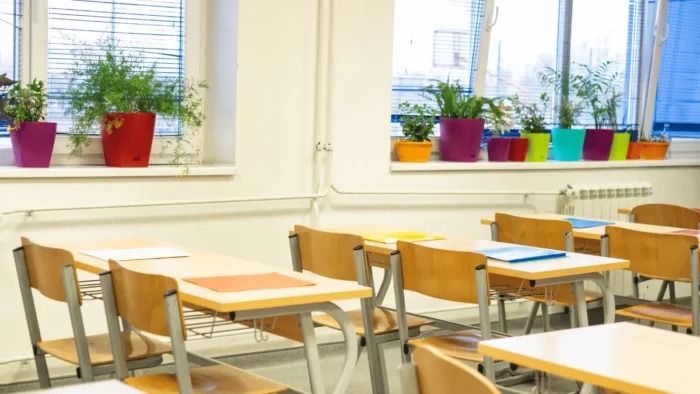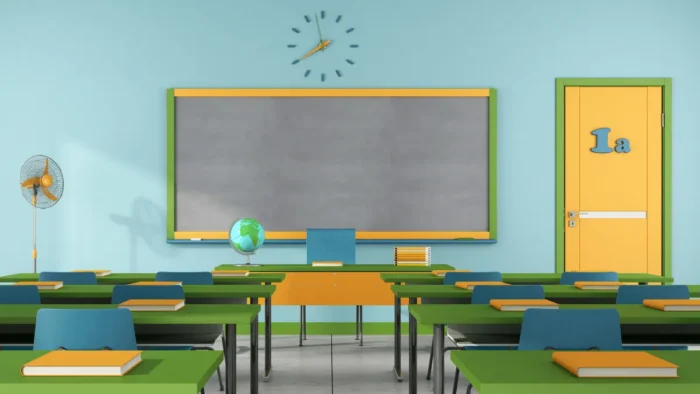Classroom furniture plays a significant role in shaping the learning environment and student experience. The furniture’s design, arrangement, and ergonomics can profoundly impact student engagement, concentration, and overall academic performance.
This article will explore the importance of classroom furniture and its influence on student learning outcomes. Understanding the connection between furniture and student engagement can help educators and administrators make informed decisions when selecting and arranging classroom furniture, creating spaces that foster active learning, collaboration, and academic success.
Comfort and Physical Well-being
Comfortable furniture is essential for promoting student well-being and creating an environment conducive to learning. Ergonomically designed chairs and desks that provide proper support can help prevent student discomfort, fatigue, and postural issues. When students are physically comfortable, they can focus better, maintain better posture, and engage more actively in classroom activities.
Additionally, incorporating elements such as adjustable desks and flexible seating options can accommodate diverse student needs and preferences, catering to different learning styles and promoting physical well-being.
Flexibility and Collaboration
Classroom furniture that promotes flexibility and collaboration can enhance student engagement and encourage interactive learning. Configurable desks and chairs that can be easily rearranged facilitate group work, discussions, and project-based learning activities. Mobile furniture, such as wheeled tables or portable whiteboards, enables the quick reconfiguration of classroom layouts to suit different instructional strategies.
Educators can create dynamic learning environments that stimulate student collaboration, communication, and teamwork by providing adaptable furniture.
Focus and Concentration
The design and arrangement of furniture can significantly impact student focus and concentration levels. Furniture that reduces distractions and gives students a sense of personal space can improve attention spans and reduce disruptive behaviors. Individual workstations or privacy screens can create secluded study areas, allowing students to concentrate without distractions.
Additionally, the strategic placement of school furniture to maximize natural light and minimize noise can contribute to a calm and conducive learning environment, further enhancing student focus and concentration.

Aesthetics and Motivation
The aesthetic appeal of classroom furniture can influence student motivation and engagement. Bright, colorful, and visually appealing furniture can create an inviting, stimulating atmosphere that energizes students. Furniture with engaging designs, patterns, or educational themes can spark curiosity and inspire students to participate actively in their learning journey.
When students feel motivated and excited about their learning environment, they are likelier to be engaged and enthusiastic participants in classroom activities.
Storage and Organization
Efficient storage and organization solutions in classrooms can positively impact student engagement and productivity. Ample storage space, such as cabinets, shelves, or cubbies, allows students to keep their belongings organized and easily accessible. When students have easy access to their materials and resources, it reduces the time spent searching for items, enabling more efficient transitions between activities and minimizing disruptions.
An organized classroom environment promotes a sense of order and supports student focus, facilitating a smooth and productive learning experience.
Accessibility and Inclusivity
Inclusive classroom furniture design ensures that all students, regardless of their physical abilities or disabilities, can access and engage with the learning environment. Adjustable furniture options, such as height-adjustable desks or tables, can accommodate students with mobility challenges. Providing furniture that is accessible to all students promotes a sense of inclusivity and equality, allowing every learner to participate fully in classroom activities without limitations.
By prioritizing accessibility in furniture selection, educators create an environment that values and supports the diverse needs of their students.
Conclusion
Classroom furniture is vital in creating a conducive learning environment that enhances student engagement and academic performance. By prioritizing comfort, flexibility, focus, aesthetics, storage, accessibility, and inclusivity in furniture design and arrangement, educators can optimize the learning experience and empower students to reach their full potential in the classroom.





